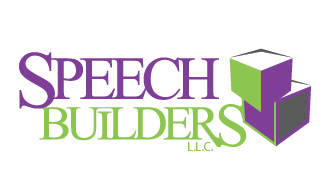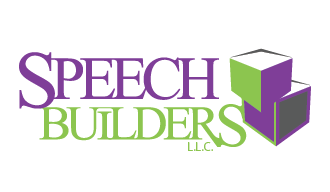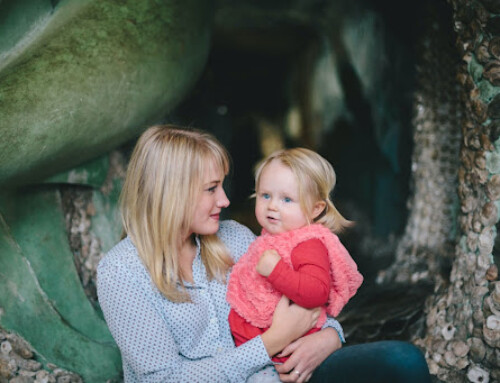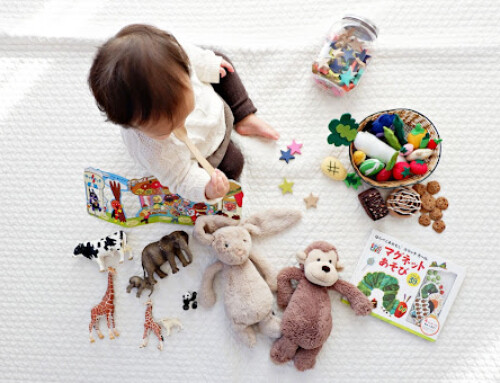Today, we’re diving into the world of AAC devices and their transformative impact on children with communication difficulties. For many kids, especially those on the spectrum or those with movement disorders impacting their ability to speak, finding their voice can be a unique and challenging journey. AAC devices offer an innovative solution, opening up new avenues for communication and self-expression.
Understanding AAC Devices
When we first bring up the topic of AAC devices with a parent, the question we often get is “What is that?” AAC stands for Augmentative and Alternative Communication – basically any communication system that replaces typical spoken language. These devices come in various forms, from simple picture boards to advanced electronic systems. Pictured below you will find two different types of AAC, one low-tech and one high-tech.
This is a basic core board, which is a single page of words (often laminated for durability) paired with images that children can point to in order to communicate basic information. As you can see, with these simple images, children can communicate many different messages. Additionally, these boards can be customized to include less pictures, more pictures, or words that are important for your child specifically to be able to communicate. Some playgrounds even have large core boards installed in order for children to be able to communicate while playing.

One example of high-tech AAC is a Speech Generating Device, which is similar to an iPad, but designed for the sole purpose of communication. They can range in size, appearance, and functionality. Some are primarily picture based for children and non-readers, and some are geared towards adults and involve more typing and predictive text. There is no minimum age or ability level required in order to use a speech generating device. At our office, we have seen 3- year old children increase their communication abilities exponentially after just a few weeks of learning their device.

How To Get a Device
The next question we get is “How do I get one?” Thankfully, many insurance companies are now covering the cost of these devices. Here at SpeechBuilders, we partner with a company that will contact your insurance company for you in order to get authorization for a high-tech speech generating device. We have gotten children their devices in less than 2 weeks, free of charge to the family! If your insurance company does not cover the cost of an AAC device, there are a myriad of apps available for purchase that can be used on your personal phone or iPad, at a cost that is much more affordable than a high tech speech generating device.
Overcoming Challenges and Breaking Barriers
After the initial questions, the next comment from a parent is usually something along the lines of “But won’t that make my child not want to talk?” This is a valid question and comes from a place of uncertainty, fear, and just wanting the best for their child. Fortunately, research has shown us that the use of alternative communication, including AAC devices as well as sign language, has only INCREASED a child’s ability to communicate verbally. While some people will use AAC their whole life, other people may only use it temporarily as their speech and language skills develop. We can help children and their families reduce the frustration around communication by providing multiple modalities and figuring out which one is most effective for each child. These devices can bridge communication gaps, enabling children to express themselves more effectively. AAC should be seen as a tool for communication, not a limitation.
We would be remiss to recommend an AAC device for a child without informing caregivers of the importance of home carryover. The child’s device is not something that we keep here for him to use during therapy only. In order for a child to learn his device and use it most effectively, it should be available to him at all times. Parents should also use the device as they talk to their child, so the child can be exposed to the “language” of AAC.
A World of Possibilities
AAC devices are not just ipads or picture boards; they are bridges to a world of possibilities for children in speech therapy. By embracing these innovative communication solutions, we can help children find their voices, build connections, and navigate the world with newfound confidence. Together, let’s continue to unlock the potential within every child.
For more information check out a podcast episode we did earlier in the year with Speechie Kim:
AAC with Speechie Kim | Episode 27 | Let’s Talk About Talking Podcast















Leave A Comment
You must be logged in to post a comment.